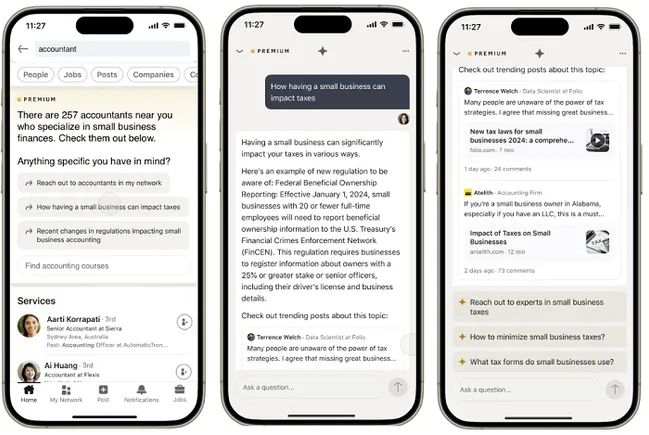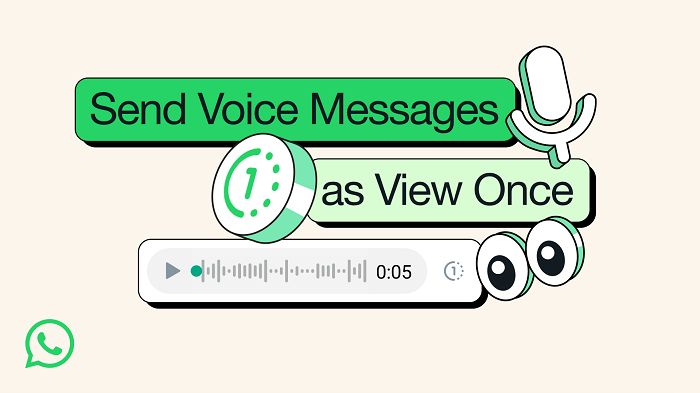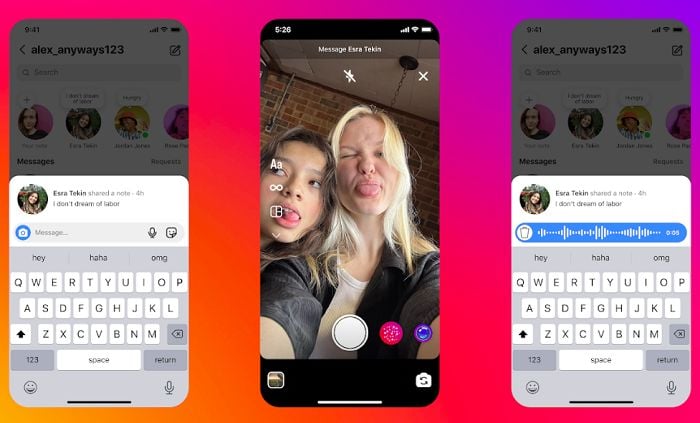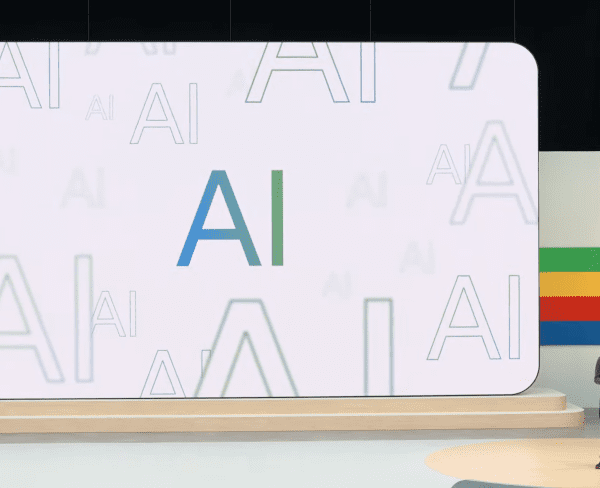Given that LinkedIn’s parent company Microsoft has invested billions into A.I., it’s no surprise to see that LinkedIn is also integrating more and more generative A.I. features, as it looks to latch onto the next tech wave, and maximize opportunity for members.
Today, LinkedIn has outlined its latest collection of A.I. enhancements, including conversational job search, enhanced job application assistance, new LinkedIn Learning tools, and more.
First off, on enhanced job search. LinkedIn Premium subscribers are getting access to a range of new job discovery and application tools, including A.I.-based job application feedback, enhanced cover letter assistance, and conversational queries to find open roles.


Some of these will be very useful, and will enhance the job discovery and application process.
But some, like automatically generated cover letters, seem like a bridge too far, at in some respects.
I mean, a lot of the job application process comes down to generic templates and presentation styles, and it always has, so in that context, it makes sense to use A.I. to guide your way in formulating the right message, in the right format.
But then again, you can also imagine that many applicants will use these not as a starting point, but an end point as well, and that could lead to unqualified applicants misrepresenting their communication skills or qualifications via A.I. generated applications.
It’s a fine line, but LinkedIn’s pushing ahead on A.I., so we are going to see more and more of this moving forward, the good and the bad.
LinkedIn’s also adding new A.I. assistance tools for Premium subscribers, including personalized career coaching, powered by A.I.
“Imagine finding an expert in their field and having a one-to-one conversation on topics they specialize in like negotiation, well-being, or business strategy. While most professionals would love that kind of access to help them grow, not everyone has that opportunity. So, we’re beginning to pilot the ability to get personalized practical advice instantly from industry leading business leaders & coaches on LinkedIn Learning, all powered by A.I. The responses you’ll receive are trained by experts and represent a blend of insights that are personalized to each learner’s unique needs.”


Yeah, this also seems somewhat risky, given the lack of specific personalization, but LinkedIn is obviously confident that it can provide helpful, valuable career advice, within certain parameters, via A.I. recommendations.
The proof will be in the process, and maybe, it is able to provide more specific, customized guidance from leading voices.
LinkedIn also notes that it’s adding up to 60 new LinkedIn Learning courses every week relating to major tech shifts.
“Those include over 800 AI courses, such as how to build AI Literacy and advance your skills in deep learning. Additionally, we are launching new free courses to help members build cutting-edge technology skills, including those emerging in real-time, such as GPT-4o.”
It’s also adding personalized coaching, powered by A.I., within Learning courses.


Look, all of these tools can and will have value, but I do worry that too many A.I. tools on LinkedIn, where professionals are looking to represent their skills and knowledge, does pose a risk for recruiters.
Pretty soon, if not already, it will be impossible to glean much from cover letters or resumes, as it’ll all be A.I. generated. That’ll put more onus on interviewers to determine the best candidates in person, but it could also lead to a lot more H.R. managers interviewing a lot more applicants as a result.
Is that a good thing? Well, it should enhance opportunity for LinkedIn users. But it may also lead to inefficiencies in weeding out bad candidates before this stage.
But it’s going to happen anyway, and again, given Microsoft’s broader A.I. push, where better than LinkedIn to host these tools?















